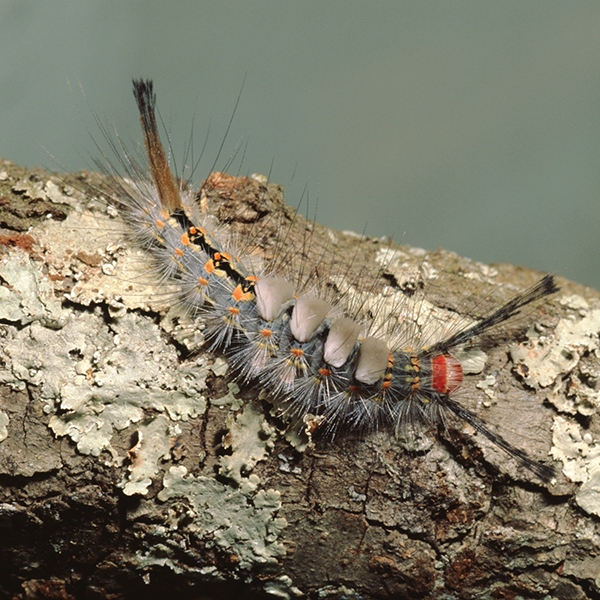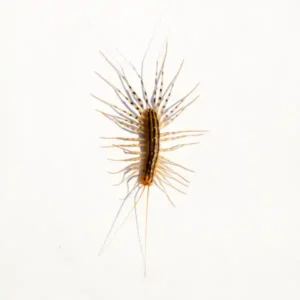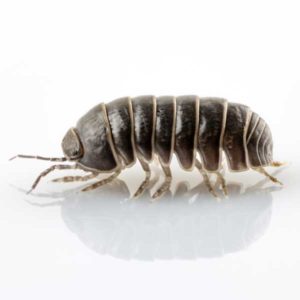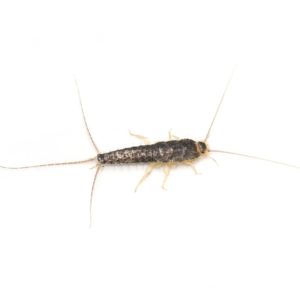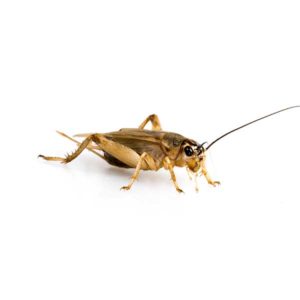Tussock Moth Caterpillars in Florida
Tussock moths encompass a diverse group of insects known for their distinctive caterpillars and widespread distribution across various ecosystems. Their life cycle typically involves four stages: egg, larva (caterpillar), pupa, and adult moth. The larval stage is where these insects cause the most trouble. Also known as spotted caterpillars, tussock moth caterpillars are known for their striking coloration and conspicuous tufts of hair, serving both as a defense mechanism against predators and a warning of potential skin irritation for humans. Some species possess urticating hairs or contain toxins, which can cause dermatitis or allergic reactions upon contact.
Tussock Moth Caterpillar Habitat
Tussock moth caterpillars inhabit a wide range of habitats, including forests, woodlands, urban parks, and gardens—pretty much any place where they can find suitable host plants for feeding. They are predominantly herbivorous, feeding on the leaves of various trees and shrubs. Their feeding behavior often leads to the characteristic defoliation of foliage in localized areas. Spotted caterpillars are particularly drawn to oak, maple, birch, and poplar trees, but they may feed on multiple species at a time.
Tussock Moth Caterpillar Behaviors, Threats, or Dangers
While tussock moth caterpillars are capable of causing defoliation of trees and shrubs, which can quickly damage the health and beauty of your garden. Not only that, but their unique-looking hairs often contain toxins that may trigger painful or itchy rashes and allergic reactions. If you keep finding spotted caterpillars around your home or business, it’s a good idea to get help from a professional exterminator as quickly as possible.
If you are dealing with excess Tussock Moth Caterpillars on your property, contact a local pest control professional.
Need help with Tussock Moth Caterpillars?
We'll call you! Leave your information below.

